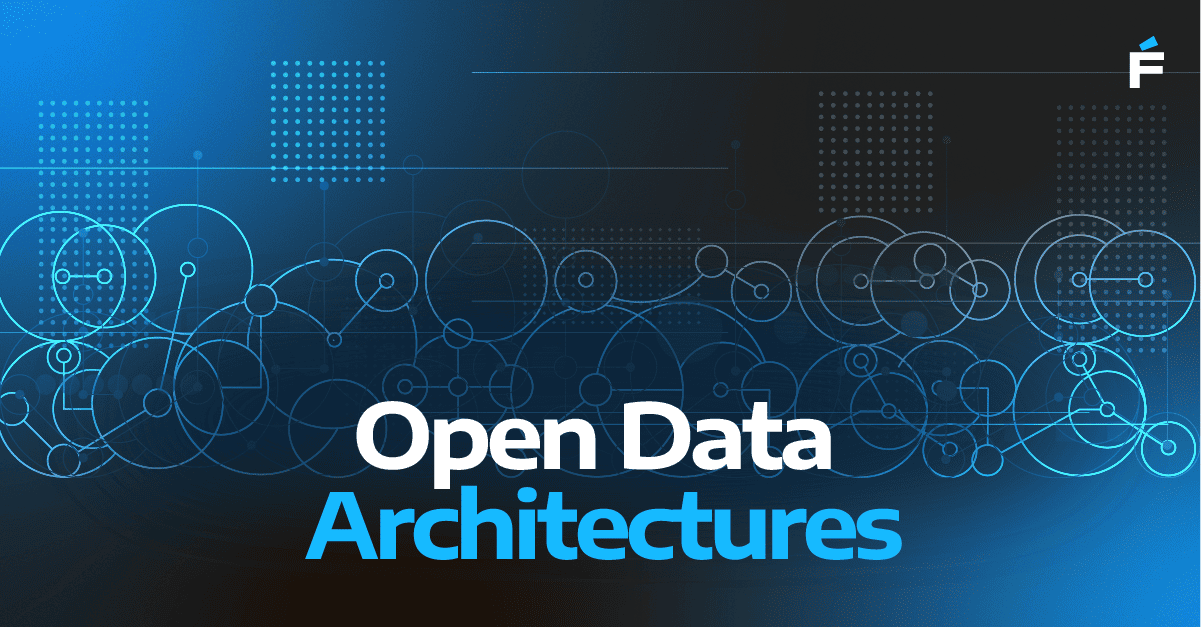Every technology leader I speak with today is grappling with the same challenge: how to turn the flood of enterprise data into something reliable, actionable, and scalable.
It sounds simple, but in practice it’s anything but. Modern pipelines are rarely linear. They span dozens of data sources, connect across cloud platforms, and serve multiple stakeholders with competing needs. If one task fails or runs out of sequence, the ripple effects can stall analytics, break downstream systems, or even derail an AI initiative.
That’s why orchestration now sits at the heart of modern data engineering.
What Orchestration Really Means
Orchestration implies designing, coordinating, and automating data workflows so they consistently deliver value. It ensures that ingestion, transformation, validation, and delivery all happen in the right order, under the right conditions, and with clear visibility into success or failure.
When done right, orchestration provides:
- Confidence that critical pipelines won’t break silently in the background.
- Clarity through monitoring, lineage, and alerts that reduce blind spots.
- Control over scale, from a handful of nightly jobs to thousands of concurrent workflows.
Think of it as the difference between relying on ad hoc scripts versus running a modern supply chain. One might work today; the other will still be working, and scaling, years from now.
Why It Matters to Technology Leaders
As leaders, our role isn’t just to keep the lights on. It’s to enable the business to move faster, explore new opportunities, and innovate responsibly. Without orchestration, even the most talented data teams end up firefighting broken jobs instead of building strategic capabilities.
This has direct consequences:
- AI efforts stall when data pipelines can’t reliably feed training or production models.
- Security and compliance risks grow when there’s no visibility into how data flows.
- Innovation slows because engineering talent is tied up maintaining fragile systems.
If we want our organizations to succeed with AI, personalization, or advanced analytics, we need orchestration as a first-class capability, not an afterthought.
Tools, Trade-Offs, and Trends
The good news is the ecosystem has matured. Tools like Apache Airflow, Dagster, and Prefect give teams powerful frameworks for managing complex workflows. Each comes with trade-offs:
- Airflow: battle-tested, widely adopted, but requires careful management to scale.
- Dagster: developer-friendly, with strong typing and data asset concepts.
- Prefect: cloud-native, easy to adopt, with a strong focus on usability.
No single platform is “the answer.” The right choice depends on your team’s maturity, architecture, and long-term strategy. What matters most is making orchestration an intentional part of your data platform from day one.
Connecting to the Bigger Picture at CTO Craft
This September, I’ll be in Berlin for CTO Craft, a two-day gathering dedicated to the challenges and opportunities facing technology leaders today. One of the core themes this year is navigating the realities of AI, security, and data at scale—exactly the context where orchestration plays such a critical role.
I look forward to learning from peers, sharing perspectives, and diving into conversations about how leaders can build data foundations that truly support innovation.
👉 If you’ll be at CTO Craft in Berlin, let’s connect! I’d love to hear how your organization is approaching data orchestration, and how Forte Group can help leaders translate these strategies into measurable results.


.png)

